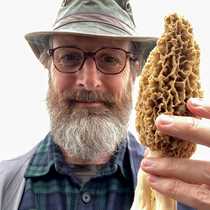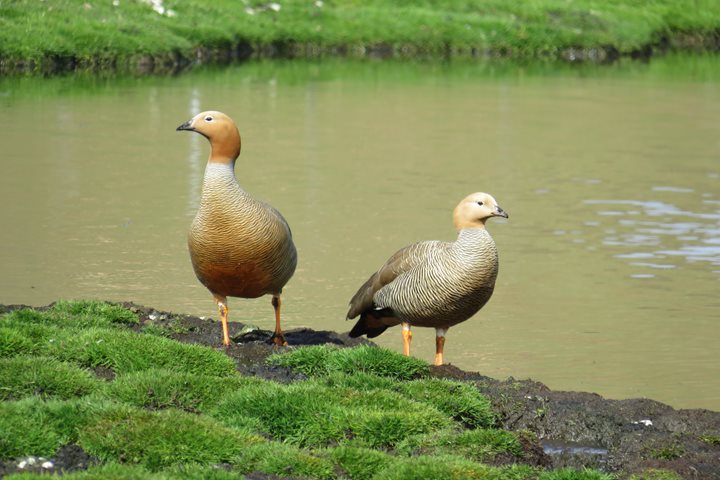In May of 1916, Ernest Shackleton, Frank Worsley and Tom Crean set out to cross South Georgia Island from Fortuna Bay to Stromness––four miles that would bring these three explorers back to civilization, and set in motion the beginning of the end of one of the most storied journeys, and perhaps the greatest feat of survival, in the history of polar exploration.
Unlike these intrepid explorers, when we set out this morning to follow in their footsteps, we were well fed, wrapped in merino wool, synthetic fleece, and Gore-Tex-lined parkas, carrying trekking poles, and had a luxury cruise ship awaiting us at the other end of our hike.
As nice as our gear is, it is not going to hike for us, and we start out being tested by a steep, tussocked hillside, past a small waterfall and a few testy fur seals.
The rest of the hike is mostly loose shale and small snowfields, an occasional caribou antler left from the introduced herd that was eradicated in 2014.
We imagine Shackleton following this route early morning, resting at a pass at around 1000 feet of elevation and hearing the blast of the morning whistle, waking mechanics and engineers, calling them to work on whaling ships in Stromness, and telling the explorer and food, bath, fresh clothing, and salvation lay ahead.
Our final decent into Stromness is slower and more deliberate than Shackleton, Worsley, and Crean, who slid down the steep slope to the alluvial plain below. We wind carefully through scree and snow, eventually reaching first the bottom of the slope, and eventually the rusted remains of the old whaling ship repair station and our ship, where a warm meal, and far more luxury than Shackleton ever could have imagined, awaits.







